History of the race
The Firestone Grand Prix of St. Petersburg has been a staple of the IndyCar series since 2005. The race was first held in February of that year and has been an annual event ever since. The inaugural race was won by Dan Wheldon, who would go on to win the Indy 500 and become a two-time IndyCar Series champion. The race has seen its fair share of winners since then, with drivers like Helio Castroneves, Graham Rahal, and Will Power all taking home the trophy.
The race has also gone through some changes over the years. In 2013, the race was extended from 100 to 110 laps, making it the longest race in St. Petersburg's history. In 2019, the race was moved up a week earlier in the calendar to avoid conflicting with other major events in the area. Despite these changes, the race remains one of the most exciting events on the IndyCar calendar.
The Firestone Grand Prix of St. Petersburg has also been a part of the Mazda Road to Indy Series since 2010. This series includes races for the Indy Lights, Pro Mazda, and USF2000 championships. The Mazda Road to Indy Series provides a platform for up-and-coming drivers to showcase their skills and move up the ranks to IndyCar.
The track and its features
The Firestone Grand Prix of St. Petersburg takes place on a 1.8-mile, 14-turn circuit that winds through the streets of downtown St. Petersburg. The track is known for its tight turns and challenging corners, which make it a favorite among drivers and fans alike.
One of the most unique features of the track is the Turn 10/11 complex, which is a tight, double-apex corner that requires precision and skill to navigate. This corner has been the site of many dramatic moments in the history of the race, including several high-speed crashes and close finishes.
Another feature of the track is its proximity to the waterfront. Spectators can enjoy views of the bay and marina as the cars zoom by, creating a unique and exciting atmosphere. The track also passes by several historic landmarks, including the Dali Museum and Mahaffey Theater.
The teams and drivers
The Firestone Grand Prix of St. Petersburg attracts some of the best drivers and teams in the world of motorsports. The race is part of the IndyCar Series, which is the premier open-wheel racing series in North America.
The series features drivers from all over the world, including past champions like Scott Dixon, Will Power, and Josef Newgarden. The Firestone Grand Prix of St. Petersburg also attracts up-and-coming drivers looking to make a name for themselves in the sport.
The teams that compete in the race are some of the most well-known in the world of motorsports. Teams like Team Penske, Chip Ganassi Racing, and Andretti Autosport all field cars in the IndyCar Series. These teams have a long history of success in the sport and are constantly pushing the boundaries of innovation and technology.
The fan experience
The Firestone Grand Prix of St. Petersburg is not just about the racing it's also about the experience. The race attracts thousands of fans from all over the world, who come to enjoy the excitement and energy of the event.
One of the highlights of the fan experience is the IndyCar Fan Village, which is a multi-level interactive area that features driver appearances, autograph sessions, and games and activities for fans of all ages. The Fan Village also features a stage with live music and entertainment throughout the weekend.
Another popular feature of the race is the Beer Garden, which is located in the heart of the track and features a variety of local and national craft beers. The Beer Garden is the perfect place to relax and enjoy the race while sampling some of the best beer in the area.
The economic impact of the race on St. Petersburg and Florida
The Firestone Grand Prix of St. Petersburg has a significant economic impact on the city of St. Petersburg and the state of Florida. The race attracts thousands of visitors to the area, who spend money on hotels, restaurants, and other local businesses.
According to a study conducted by the City of St. Petersburg, the race has an economic impact of over $50 million per year. This includes direct spending by visitors as well as indirect economic benefits, such as job creation and increased tax revenue.
The race also provides a platform for St. Petersburg to showcase its culture and attractions to visitors from all over the world. The picturesque downtown area, with its historic landmarks and waterfront views, is the perfect backdrop for one of the most exciting races in motorsports.
Sustainability efforts at the race
The Firestone Grand Prix of St. Petersburg is committed to sustainability and environmental responsibility. The race has implemented several initiatives aimed at reducing its environmental footprint and promoting sustainability.
One of the initiatives is the use of LED lighting throughout the track. LED lighting is more energy-efficient than traditional lighting and helps to reduce the race's overall energy consumption. The race also uses biodiesel fuel in its generators and equipment, which reduces emissions and promotes cleaner air.
The race also partners with local organizations to promote recycling and waste reduction. The Green Team, a group of volunteers, helps to collect and sort recyclable materials throughout the race weekend. The race also provides recycling bins and encourages fans to reduce their waste by using reusable water bottles and other items.
The future of the Firestone Grand Prix of St. Petersburg
The Firestone Grand Prix of St. Petersburg has a bright future ahead. The race has become a beloved tradition in the IndyCar Series and is an important part of the motorsports calendar.
Looking ahead, the race will continue to innovate and improve, with a focus on sustainability, fan experience, and economic impact. The race is also expected to attract even more visitors in the years to come, as St. Petersburg continues to grow and develop as a destination for motorsports fans and enthusiasts.
Top moments and memorable events from previous races
The Firestone Grand Prix of St. Petersburg has seen its fair share of memorable moments and dramatic finishes over the years. One of the most iconic moments in the race's history came in 2012, when James Hinchcliffe won his first IndyCar race in dramatic fashion. Hinchcliffe, who was driving for Andretti Autosport at the time, passed Helio Castroneves on the final lap to take the checkered flag.
Another memorable moment came in 2019, when Josef Newgarden won the race in dominant fashion. Newgarden led 60 of the race's 110 laps and held off a late charge from Scott Dixon to take the victory.
The Firestone Grand Prix of St. Petersburg has also been the site of several high-speed crashes and close finishes over the years. These moments have helped to cement the race as one of the most exciting and unpredictable events in the world of motorsports.
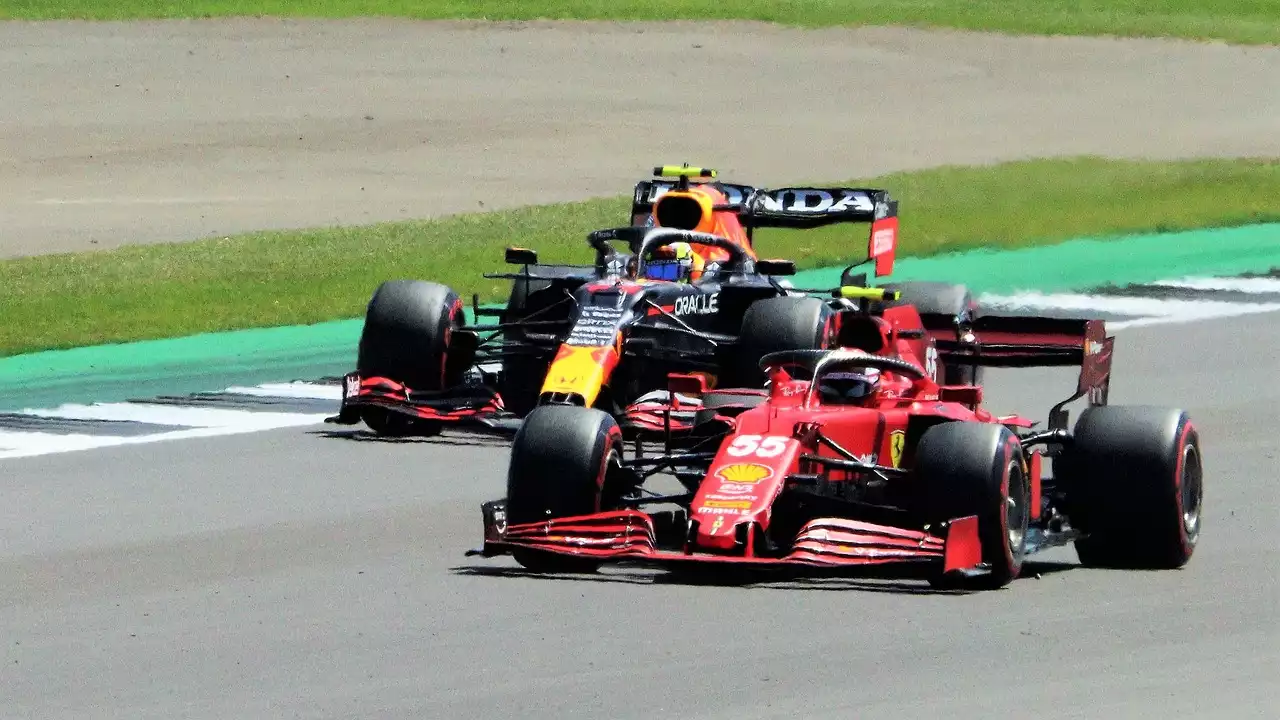
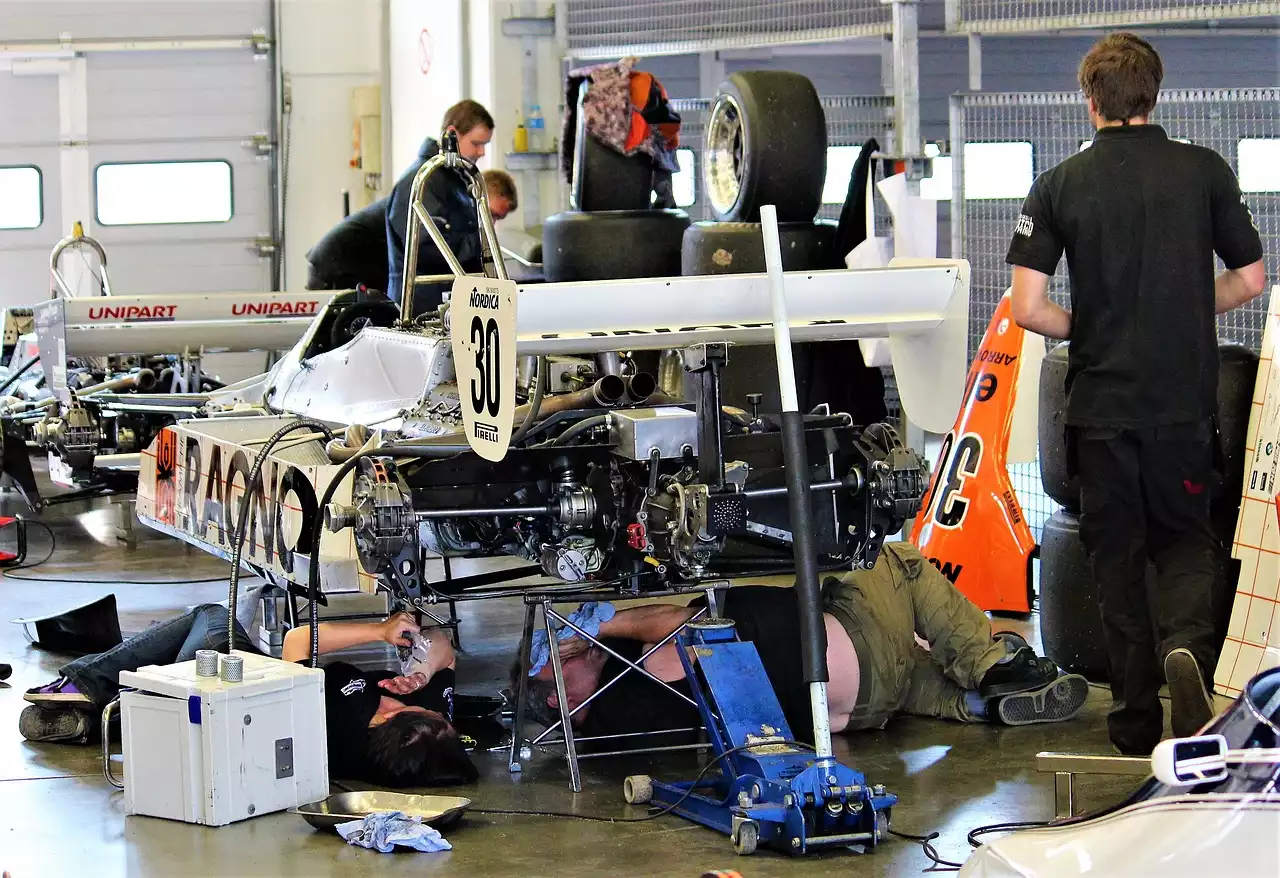
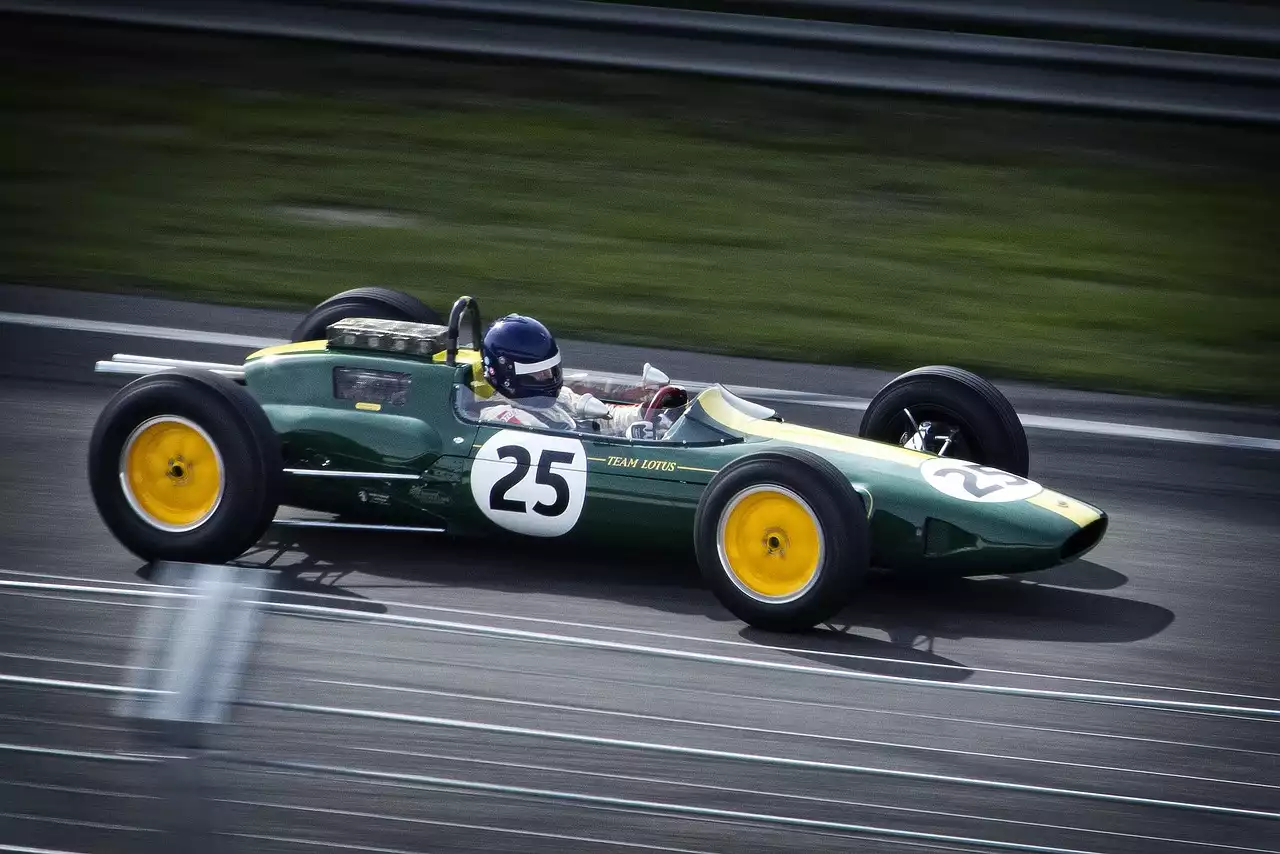
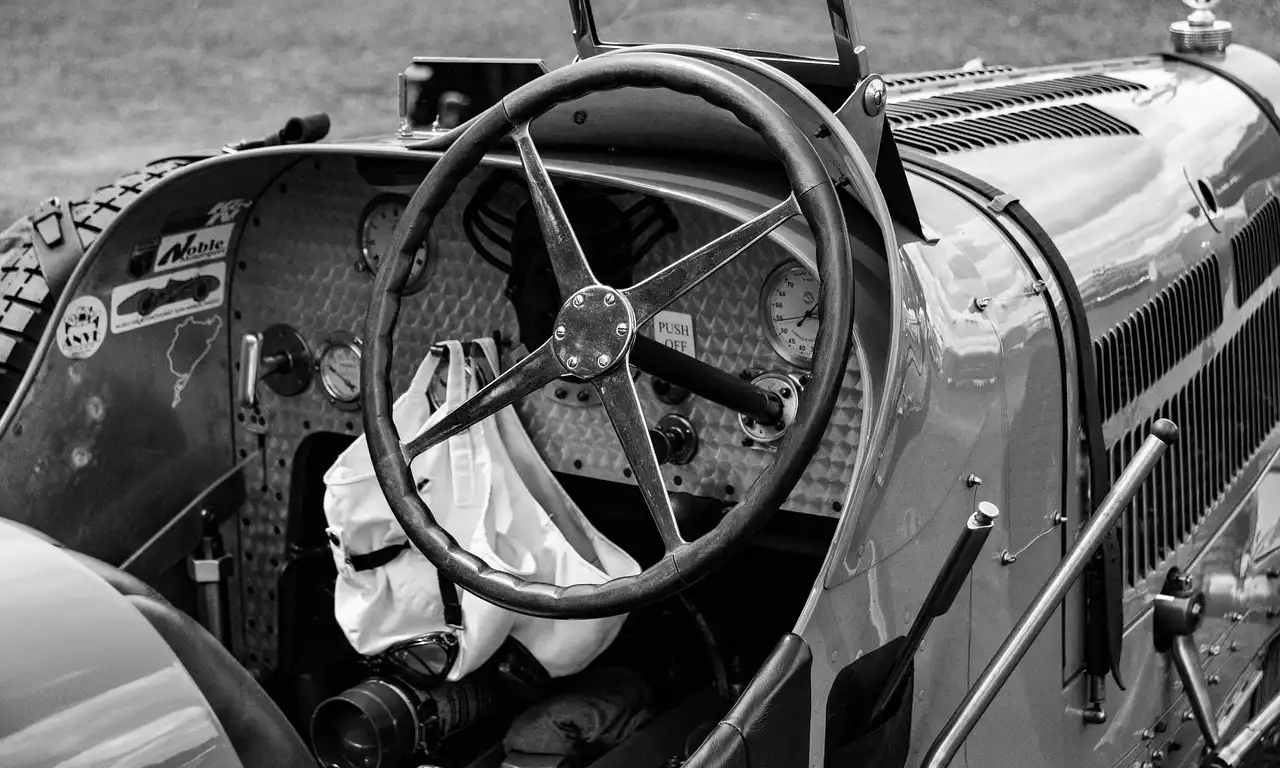
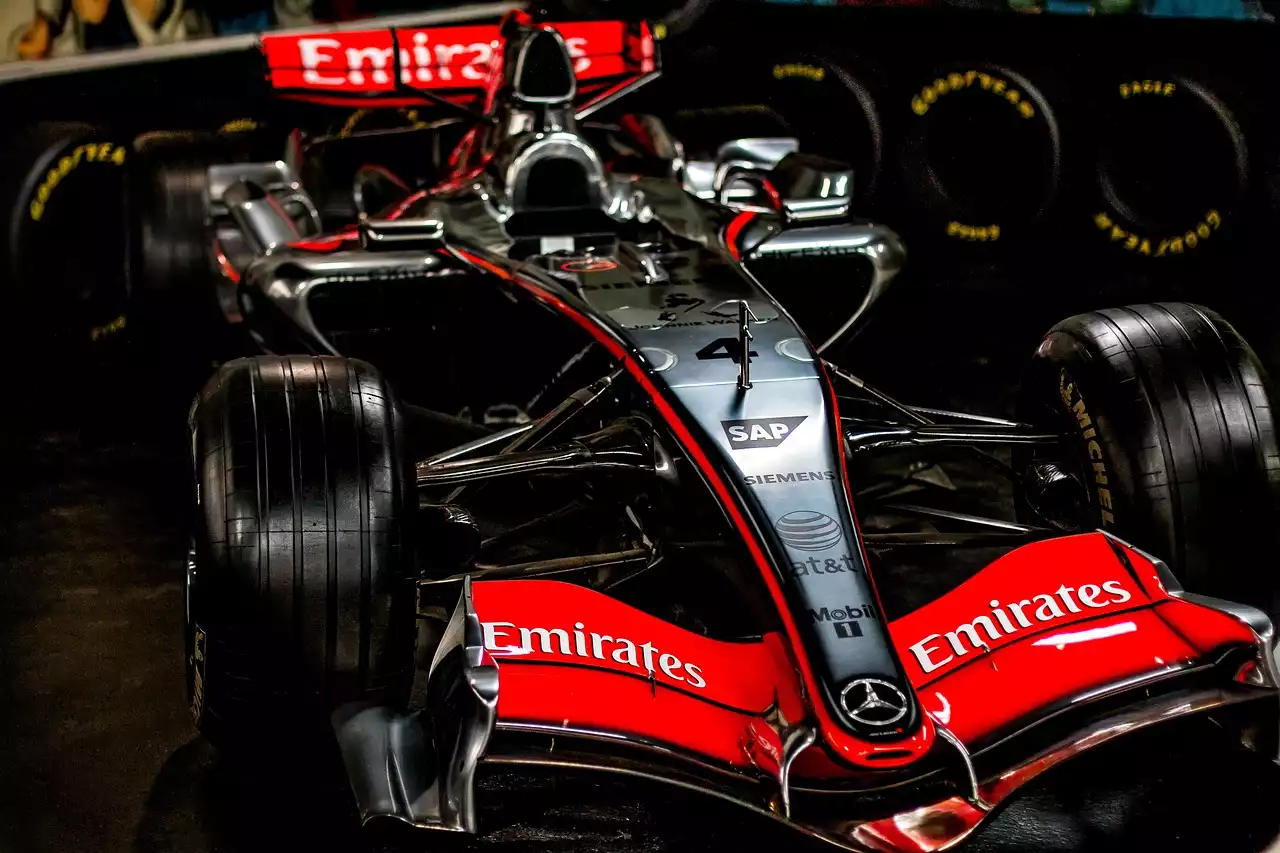





.png?size=50)